
You are doing it all wrong. Here's the right way to use your vacuum
Vacuuming is one of those household chores that many of us perform automatically, without giving it much thought. After all, how complicated can it be to push a machine back and forth across the floor? Yet, effective vacuuming is more than just moving a device—it involves technique, timing, and maintenance. Surprisingly, many people overlook the strategies that can make vacuuming faster, more efficient, and far more thorough.
In this article, we will explore common mistakes people make when vacuuming and provide practical tips to improve your cleaning routine. From the pace at which you vacuum to the proper order for tackling rooms, these insights will help you achieve a cleaner home with less effort. We’ll also discuss maintenance and advanced techniques that can extend the life of your vacuum cleaner.
1. Slow and Steady: The Ideal Speed for Vacuuming
A common misconception is that vacuuming faster saves time. In reality, rushing through the process often leaves behind dirt and dust. A moderate, steady pace is key. Experts suggest covering roughly one square foot per second, allowing the vacuum to fully agitate carpet fibers and remove embedded debris.
Moving too quickly reduces the vacuum’s suction effectiveness, meaning particles stay trapped in the carpet. By slowing down, not only do you achieve a cleaner floor, but you also give your vacuum a more efficient workout, reducing wear over time.
2. Top to Bottom: The Correct Order for Cleaning
The order in which you clean a room makes a significant difference. Always start with higher surfaces like shelves, window sills, and countertops. Dust naturally falls downward, so cleaning from top to bottom ensures that any debris that drops will be captured when you vacuum the floor.
Once surfaces are dust-free, begin vacuuming from the farthest corner of the room, moving toward the exit. This prevents stepping on freshly cleaned areas and maintains the tidy results of your efforts.
3. Monthly Maintenance: Keep Your Vacuum Filter Clean
For peak performance, the vacuum’s filter must be cleaned or replaced regularly. Most manufacturers recommend a filter check every three months, but households with pets or allergy sufferers should consider a monthly routine.
Cleaning involves gently tapping the filter over a trash can to remove loose dust. Washable filters can be rinsed under cool water and air-dried completely before reinsertion. A clean filter maximizes suction, prevents overheating, and prolongs your vacuum’s lifespan.
4. Half Full: When to Replace or Empty the Vacuum Bag
Many people wait until the vacuum bag is full, which reduces suction and cleaning efficiency. For optimal performance, replace the bag when it is half to two-thirds full. For bagless models, empty the dustbin at the same point.
This prevents clogs and keeps your vacuum working effectively, avoiding unnecessary strain on the motor. A well-maintained bag or bin ensures every pass picks up maximum dirt and debris.
5. Pre-Clean Prep: Declutter Before Vacuuming
Before turning on your vacuum, remove small objects from the floor, such as toys, clothing, and shoes. These can obstruct the vacuum’s path and potentially damage the machine.
Spending a few minutes tidying up saves time and effort, allowing the vacuum to move smoothly and clean more thoroughly. Decluttering also reduces the risk of accidents and ensures your cleaning process is uninterrupted.
6. The Art of Edging: Cleaning Walls and Corners
Corners and edges often collect dust and dirt that regular vacuuming misses. Most vacuums include attachments designed for these areas. Using the crevice tool or edging attachment helps reach tight spaces and prevent dirt buildup.
Make a habit of using these tools every few sessions to maintain consistent cleanliness. Over time, this attention to detail can dramatically improve the overall appearance of your home.
7. Carpet Care: Adjusting the Vacuum Height
Different floor types require different vacuum settings. Most vacuums have adjustable height levels for low, medium, and high pile carpets. Using the correct height ensures optimal suction and prevents damage to fibers.
Low-pile carpets require the lowest setting, while high-pile carpets need a higher setting to allow smooth movement and effective cleaning. Proper adjustment reduces strain on the vacuum and delivers superior results.
8. Attachments Matter: Use the Right Tool for the Job
Vacuum attachments exist for a reason, and using the right one makes a significant difference. Upholstery tools clean furniture effectively, while dusting brushes work well on curtains, blinds, and delicate surfaces.
Switch attachments as needed to match the area you’re cleaning. This not only improves results but also prevents potential damage to fragile surfaces. Mastering attachment use is a simple way to elevate your vacuuming routine.
9. Timing is Key: How Often to Vacuum
The frequency of vacuuming depends on traffic and pets. High-traffic areas like living rooms and hallways may need cleaning two to three times per week. Lower-traffic spaces may only require weekly attention.
For homes with shedding pets, daily vacuuming may be necessary to manage hair and allergens. Consistent cleaning preserves carpet fibers, prevents dirt from embedding deeply, and keeps your home healthier overall.
10. Avoiding Overlap: Vacuum Efficiently
Vacuum in straight, methodical lines to avoid over-cleaning or missing areas. Slightly overlap each pass to ensure complete coverage. This systematic approach saves energy, reduces wear on the vacuum, and maintains uniform cleanliness.
11. Never Too Fast: Why Slow Vacuuming Works Best
Vacuuming at a measured pace ensures dirt is lifted thoroughly. Slow movement allows the vacuum to agitate carpet fibers and remove deeply embedded particles, especially in high-pile carpets.
A deliberate pace may take slightly longer, but it guarantees that every inch of flooring is properly cleaned. This technique maximizes efficiency and helps maintain the overall appearance of your carpets over time.
Conclusion
Vacuuming is far more than pushing a machine back and forth. With proper speed, order, and maintenance, you can dramatically improve the cleanliness of your home while reducing effort and protecting your equipment. By following these strategies, your vacuuming routine becomes smarter, faster, and more effective, resulting in a home that truly feels fresh and spotless.
News in the same category

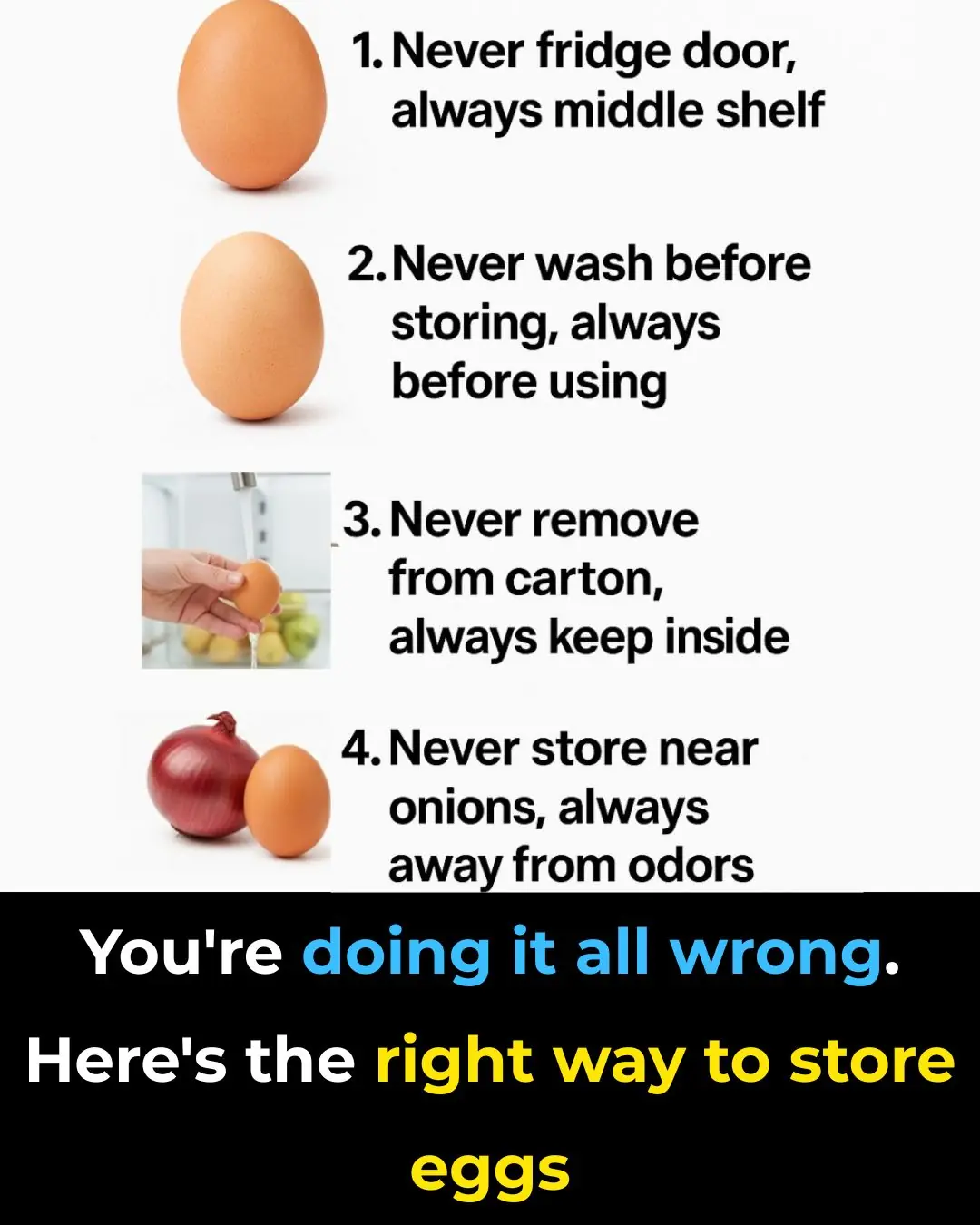
You’re doing it all wrong. Here’s the right way to store eggs

The reasons why public toilet doors don't touch the ground.
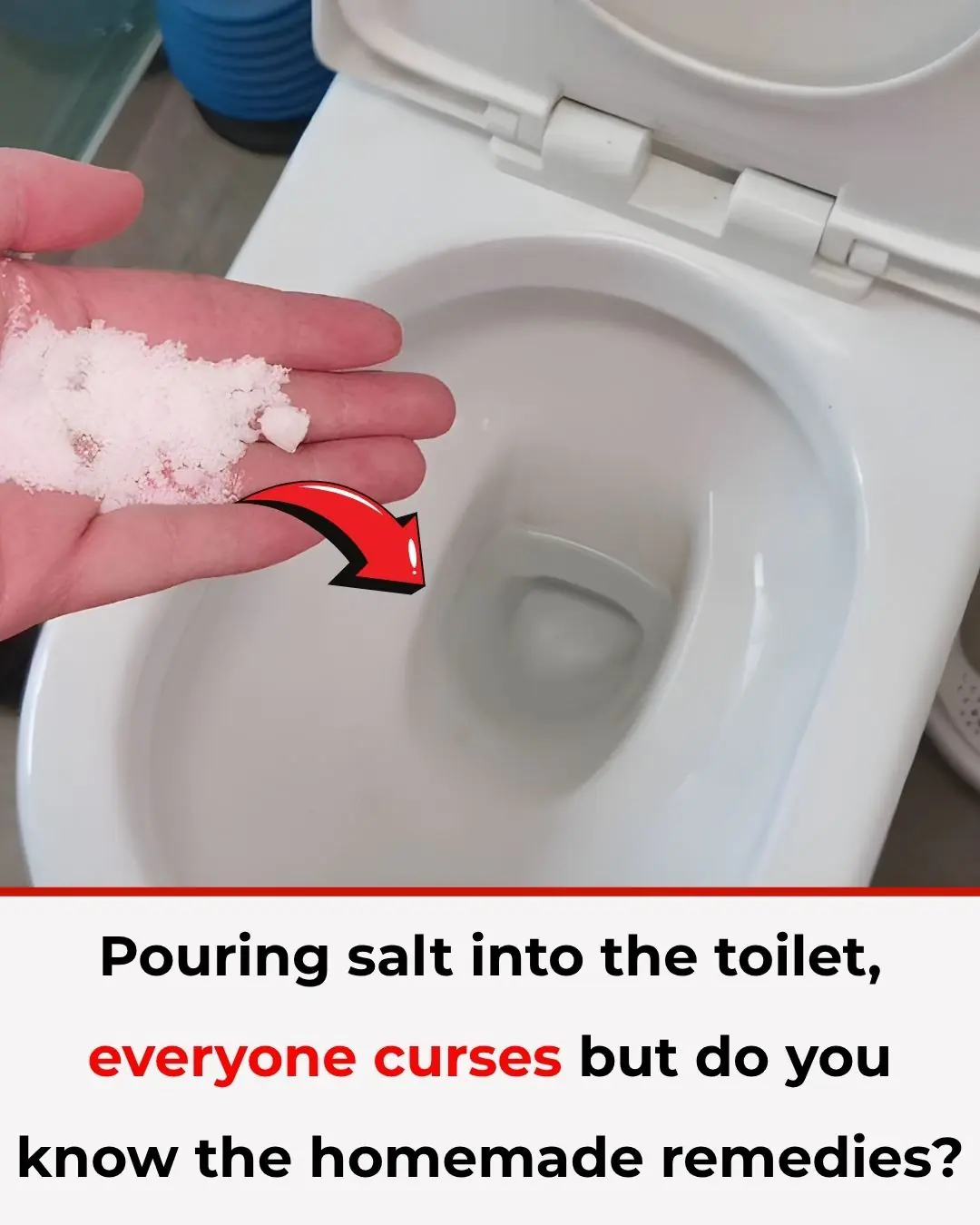
Pouring Salt into the Toilet: Everyone Thinks It’s Crazy, but Once You Know Its Benefits, You’ll Try It at Home Immediately
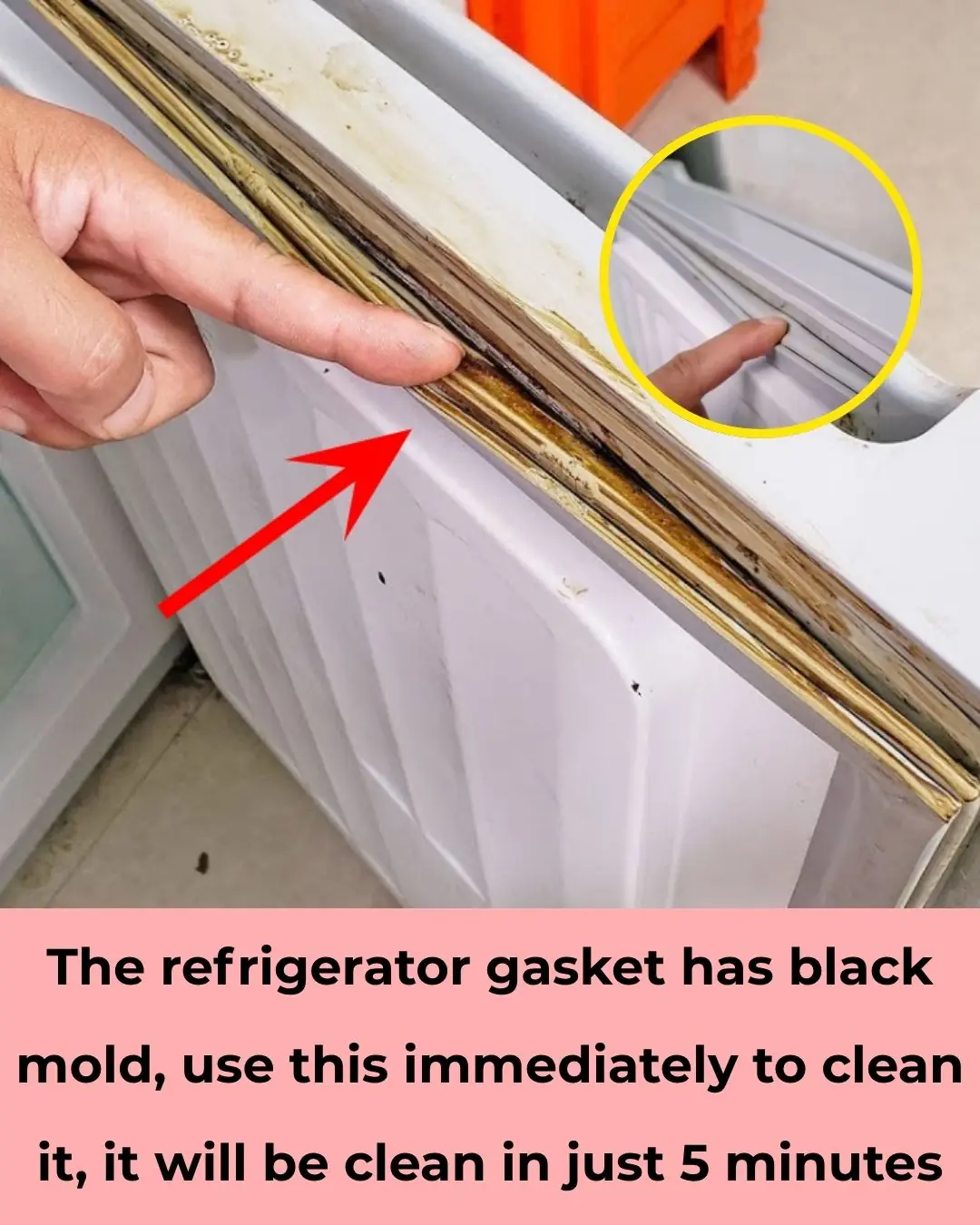
Black Mold on Refrigerator Seals? Use This Trick to Clean It in Just 5 Minutes
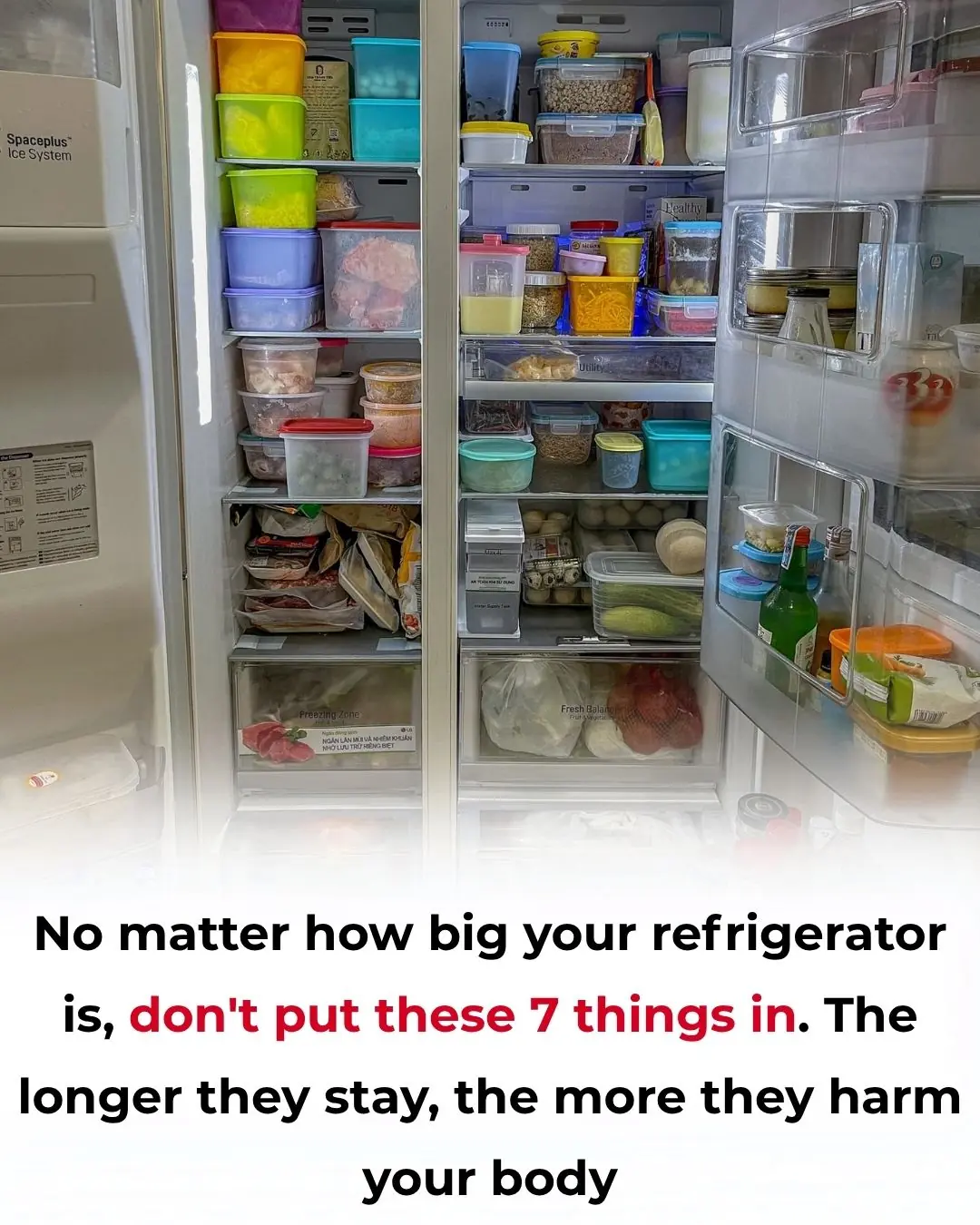
Don’t Ignore This: Check Your Fridge Now and Remove These 7 Items Before It’s Too Late

Why is that and the answer for those who don't know?
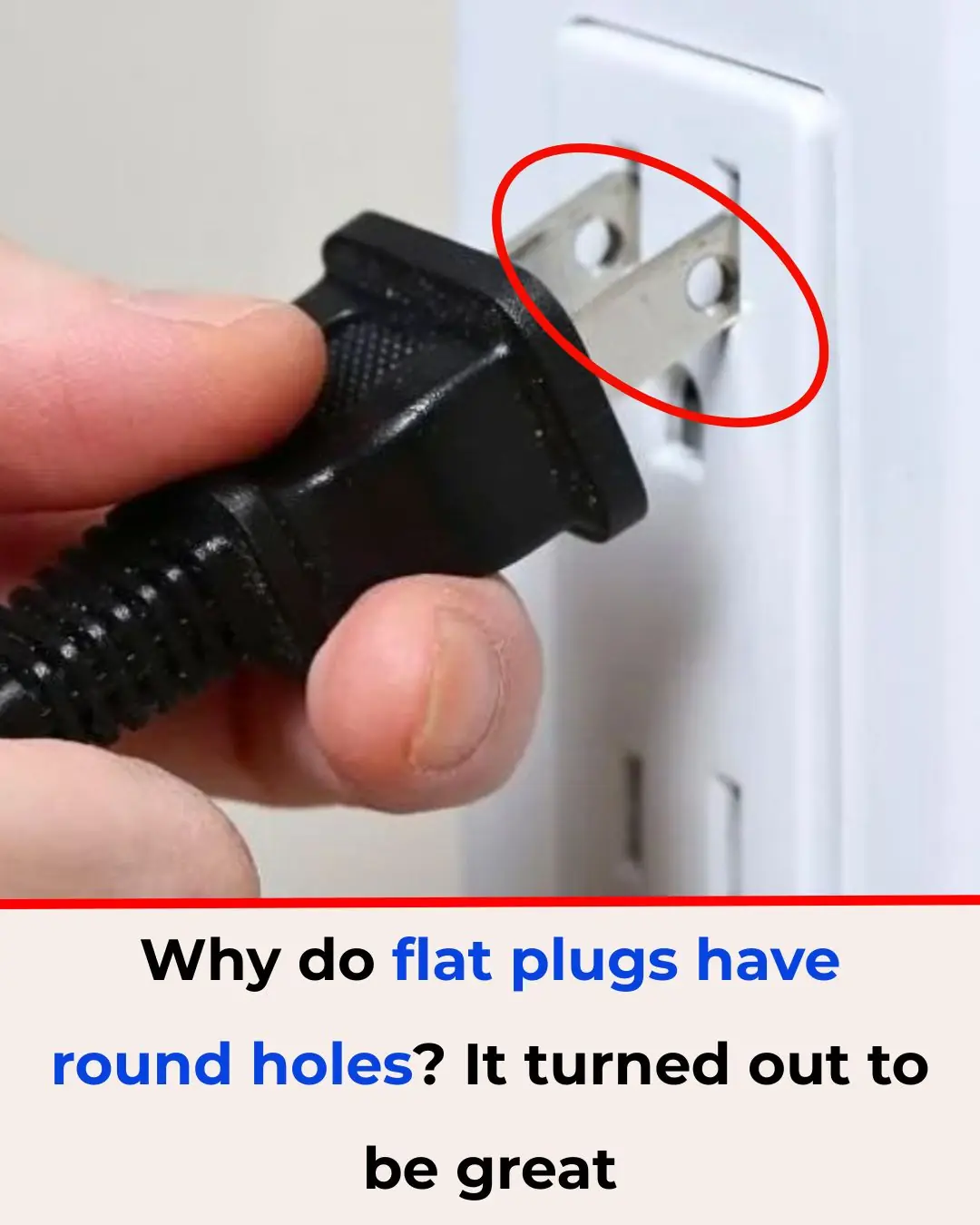
Why Do Flat Electrical Plugs Have Two Round Holes? The Hidden Function Is Brilliant

What Your Pile of Dirty Dishes Might Really Be Saying About You
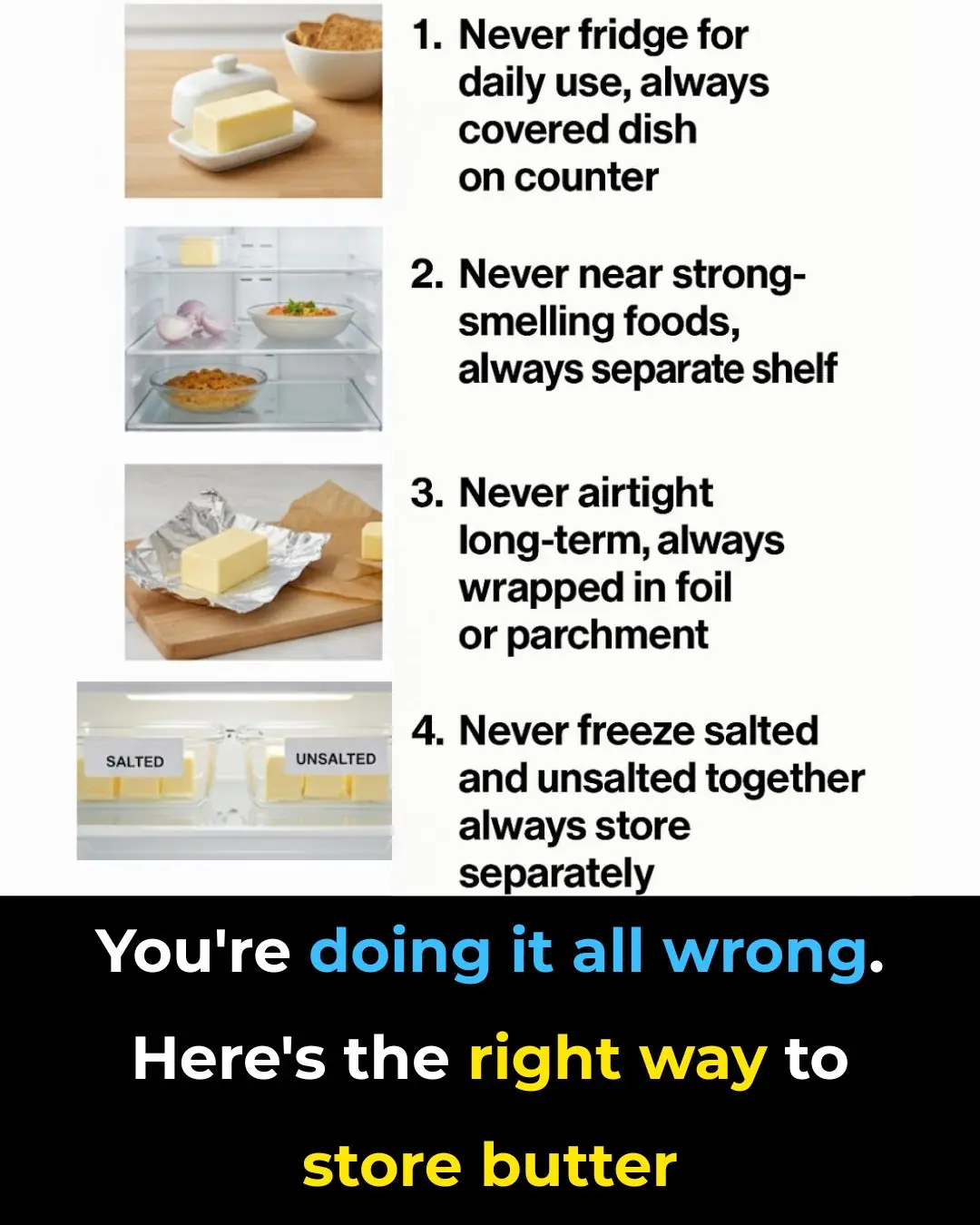
You're doing it all wrong. Here’s the right way to store butter

Why There’s a Dent in Your Milk Jug—and What It Actually Does
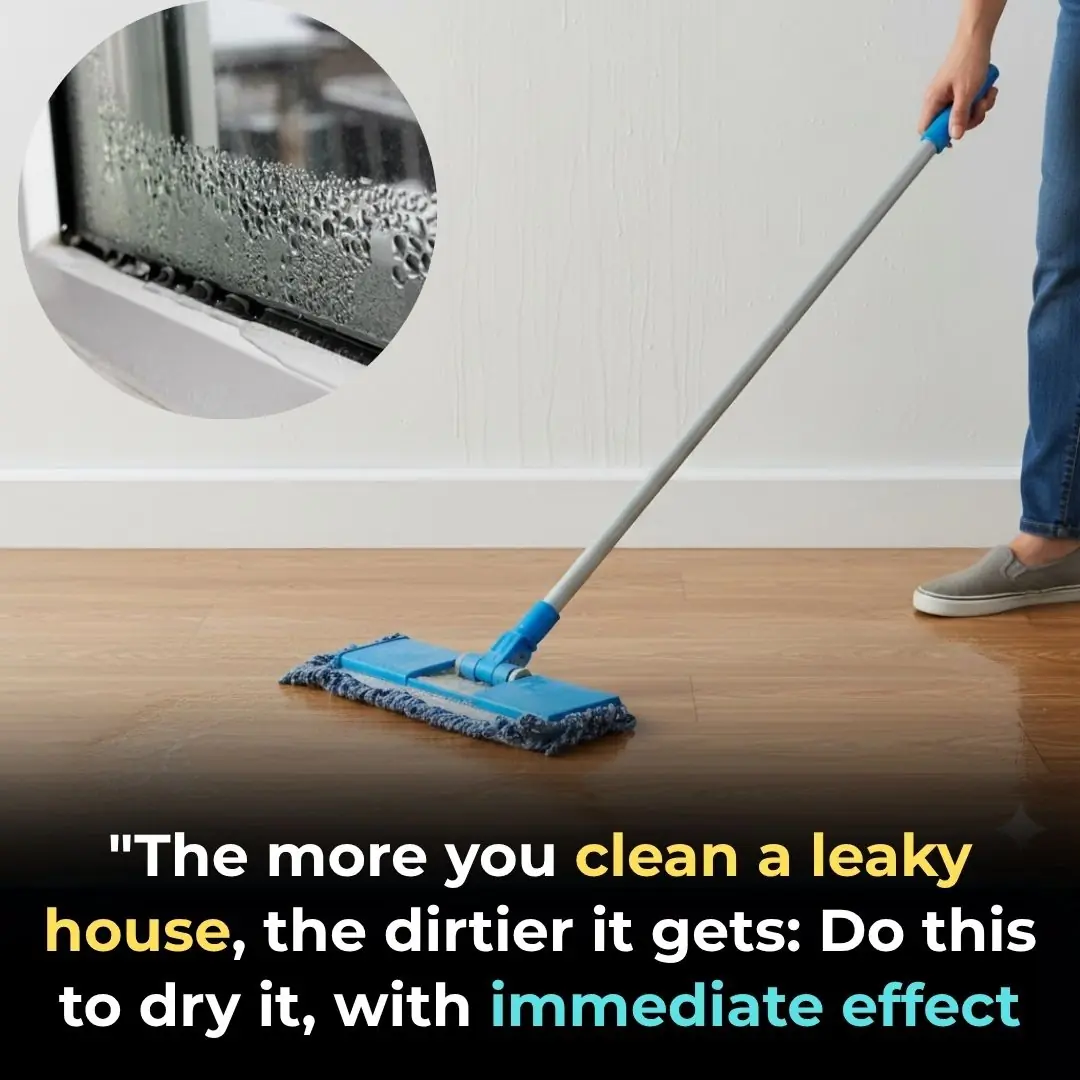
The more you clean a leaky house, the dirtier it gets: Do this to dry it, with immediate effect
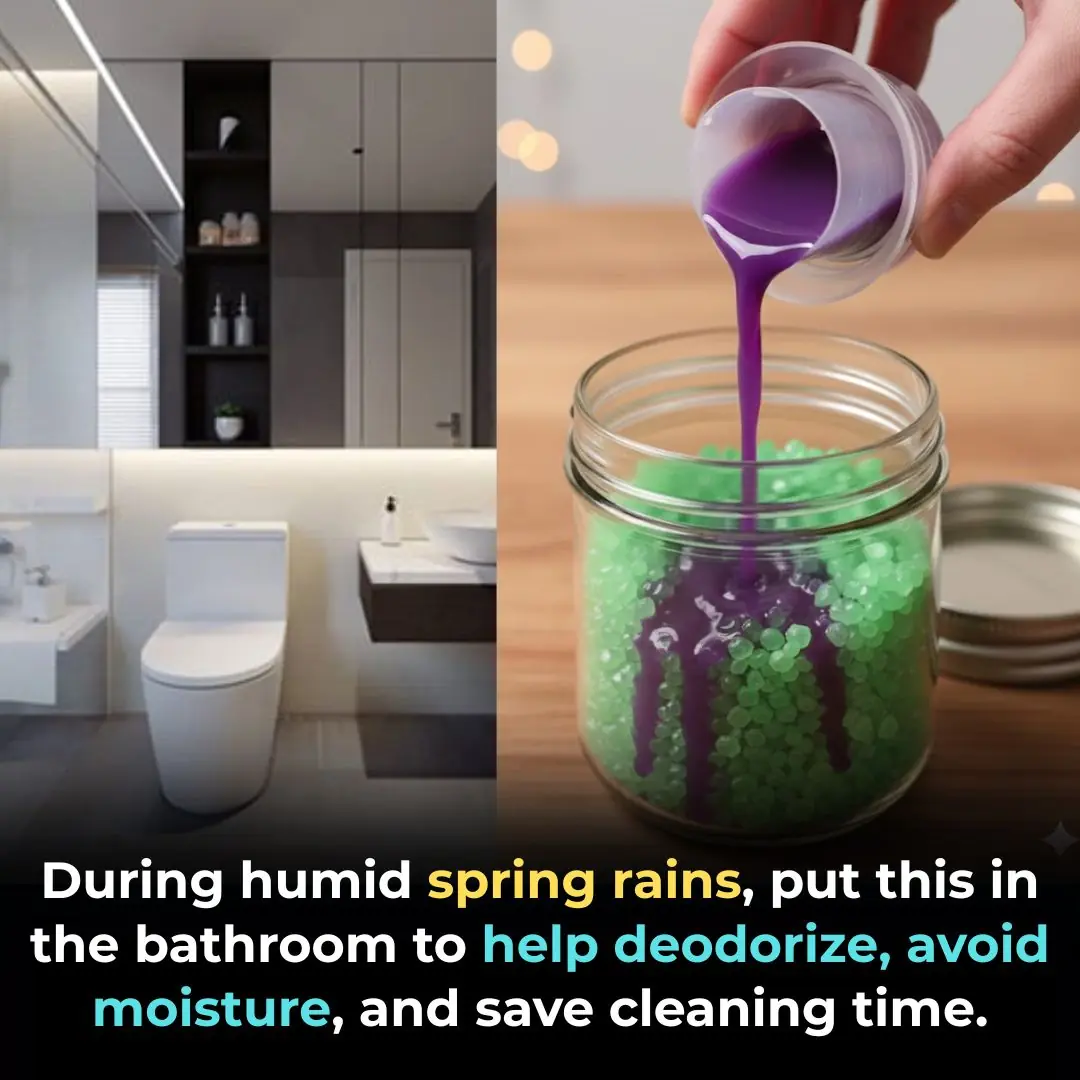
During humid spring rains, put this in the bathroom to help deodorize, avoid moisture, and save cleaning time.

4 ways to distinguish clean vermicelli and vermicelli contaminated with chemicals, every housewife should know

Tips for salting white eggplants so they stay crunchy, don't turn black, and don't develop mold over time

Putting citrus peels in white vinegar helps solve many household problems without wasting effort.

The whole world values this type of fruit even more than cordyceps; Vietnam has plenty of it, but no one knows to eat it.
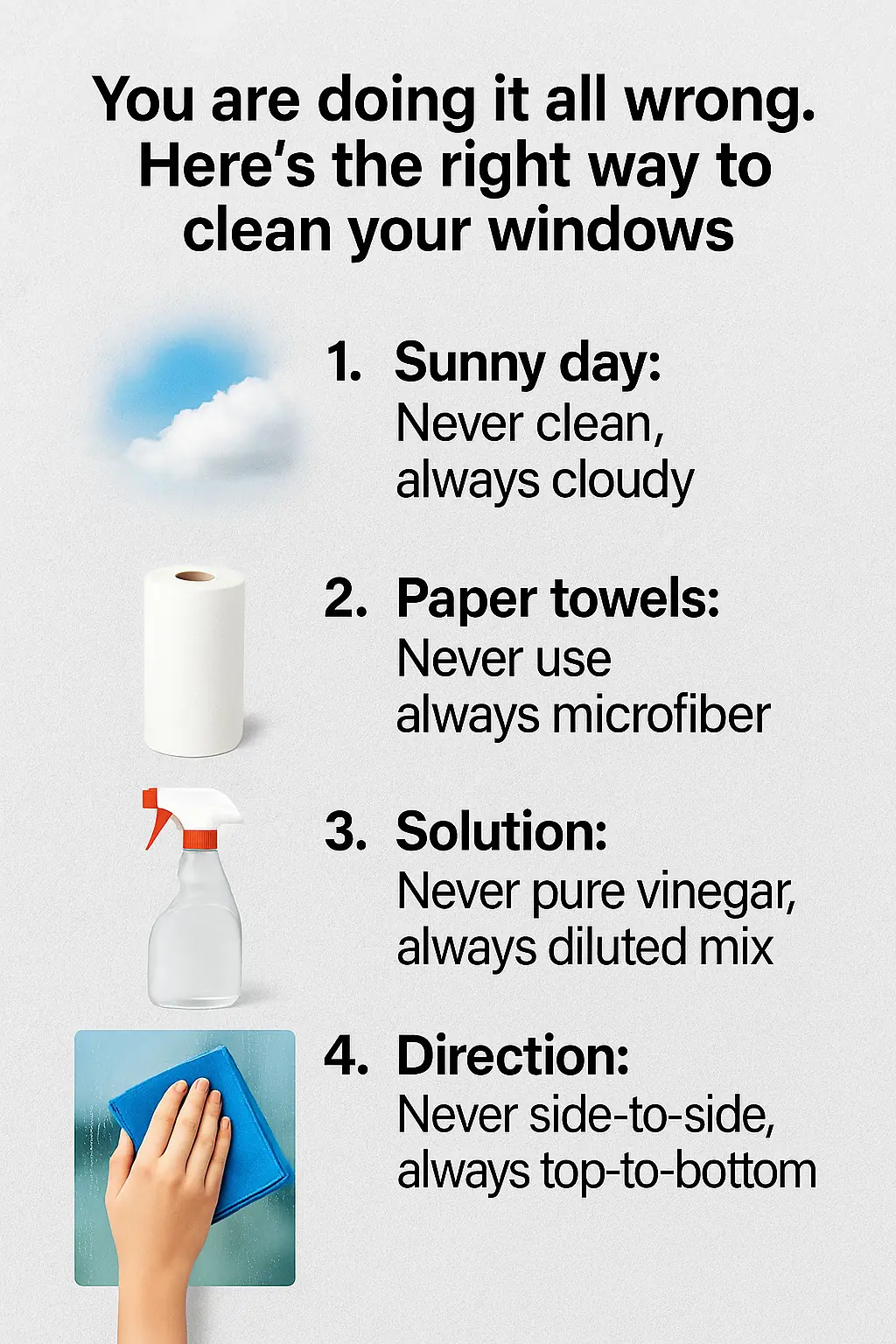
You are doing it all wrong. Here's the right way to clean your windows

My nana taught me this hack to whiten dingy grout in 4 mins with 0 work. Here’s how it works
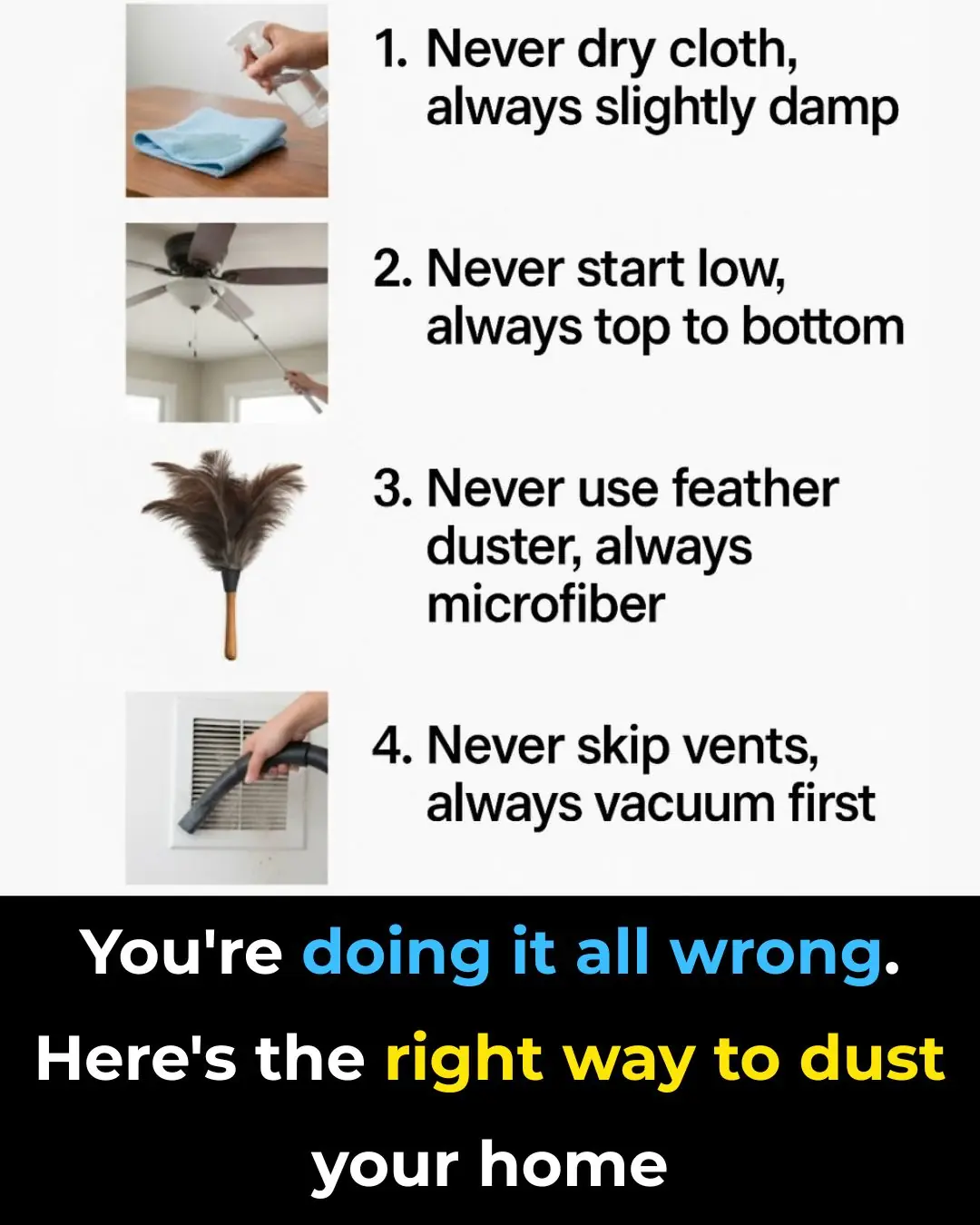
You’re doing it all wrong. Here’s the right way to dust your home
News Post
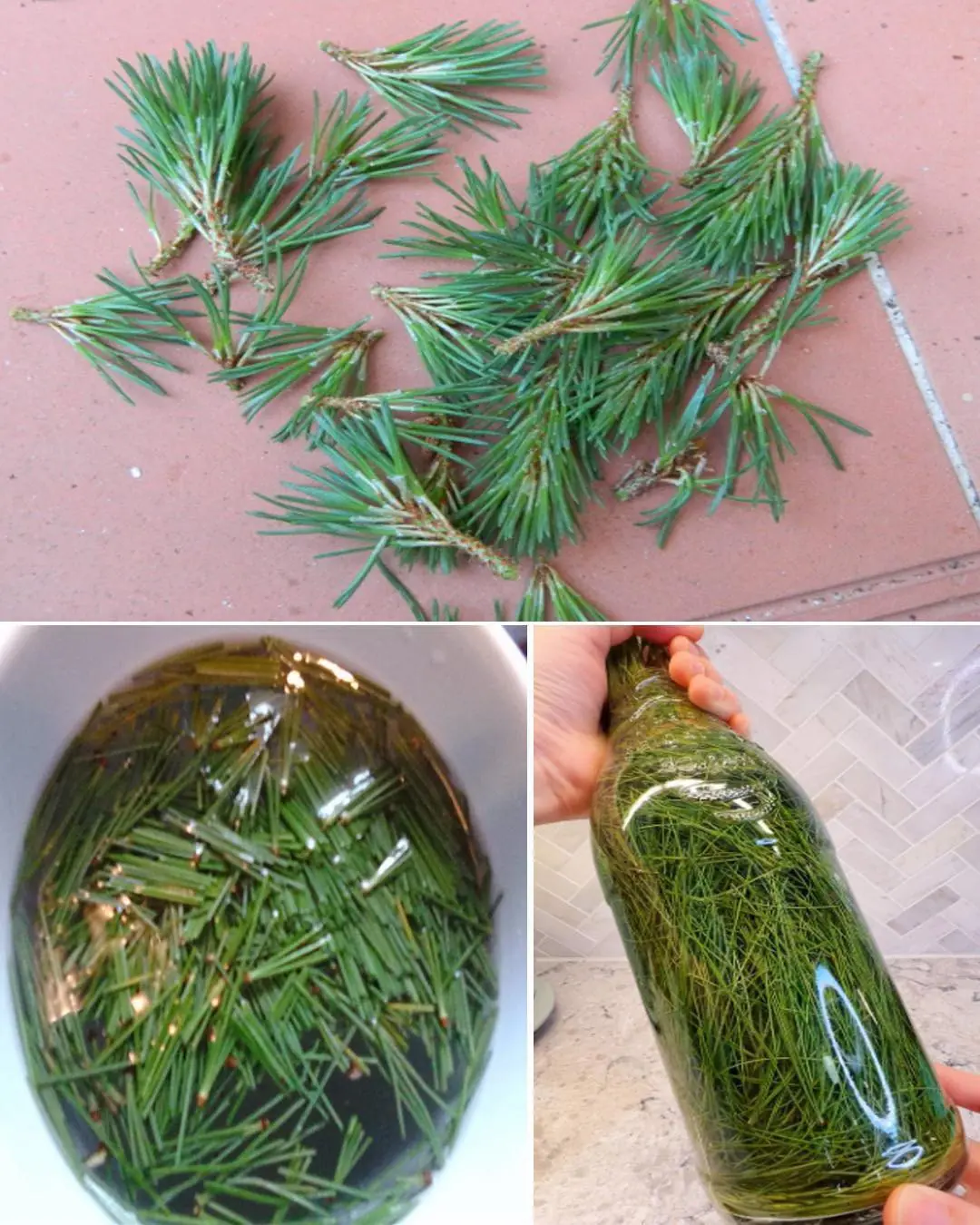
9 Health Benefits of Pine Needles

Unlock The Incredible Health Benefits of Garlic, Ginger and Lemon for Men

A special method to grow garlic in plastic bottles

7 Benefits of the Miracle Leaf of Life

7 Amazing Health Benefits of Banana Blossoms

Boiling Sweet Potatoes: Don’t Just Add Plain Water—Add This Spoonful for Perfectly Fluffy, Sweet Results

The Science Behind Putting a Cotton Swab in a Menthol Oil Bottle

More People Are Struggling with Visceral Fat — Doctors Reveal 9 Foods That Help Burn It Naturally

Black Turmeric vs. Yellow Turmeric: Which One Is Better?

Starve cancer: the diet rotation strategy you need to know

Like to see more from Tips for the Home

💪 Sarcopenia: Why Muscle Loss Happens & How to Fight It (After 50)
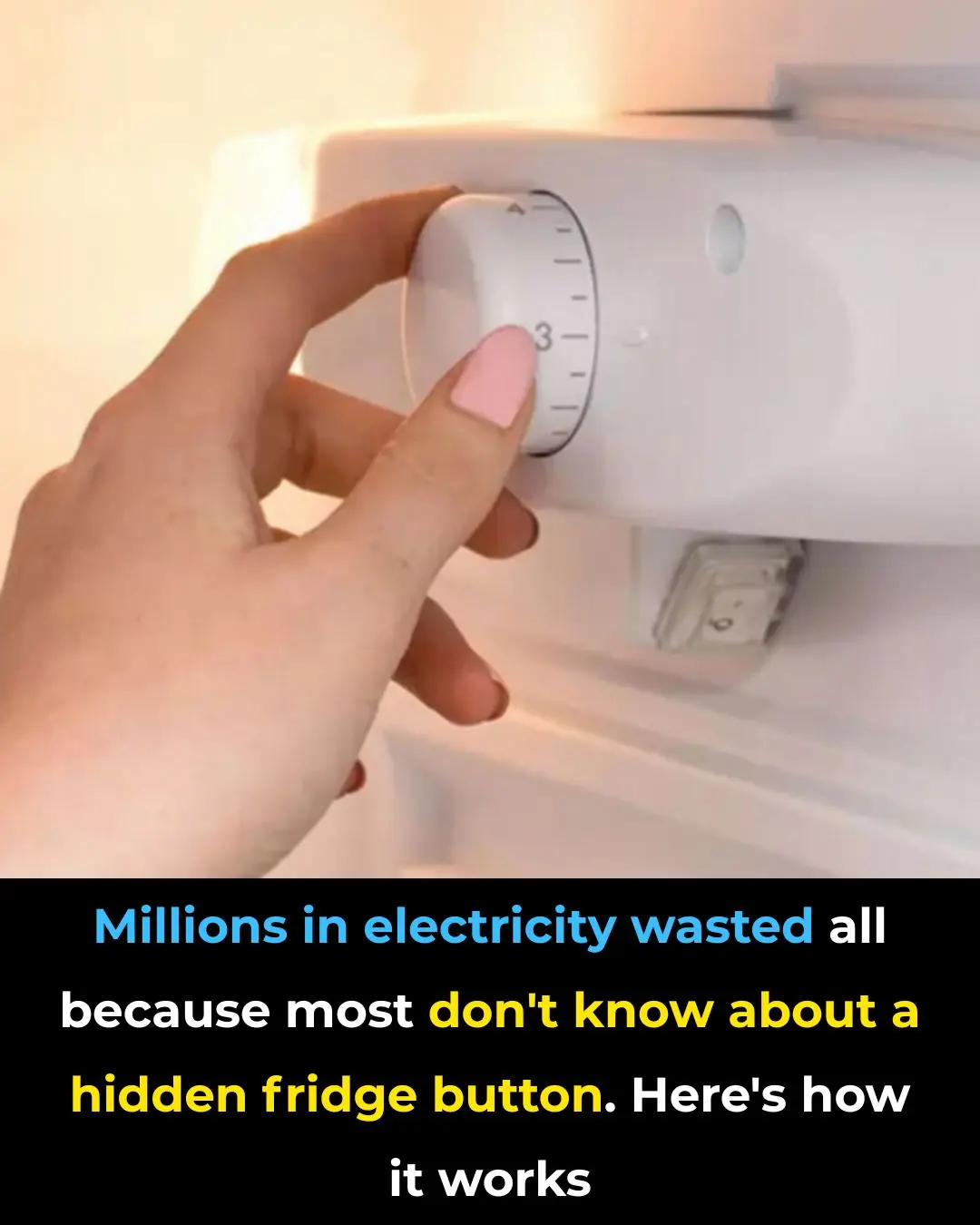
I Had No Idea About This!
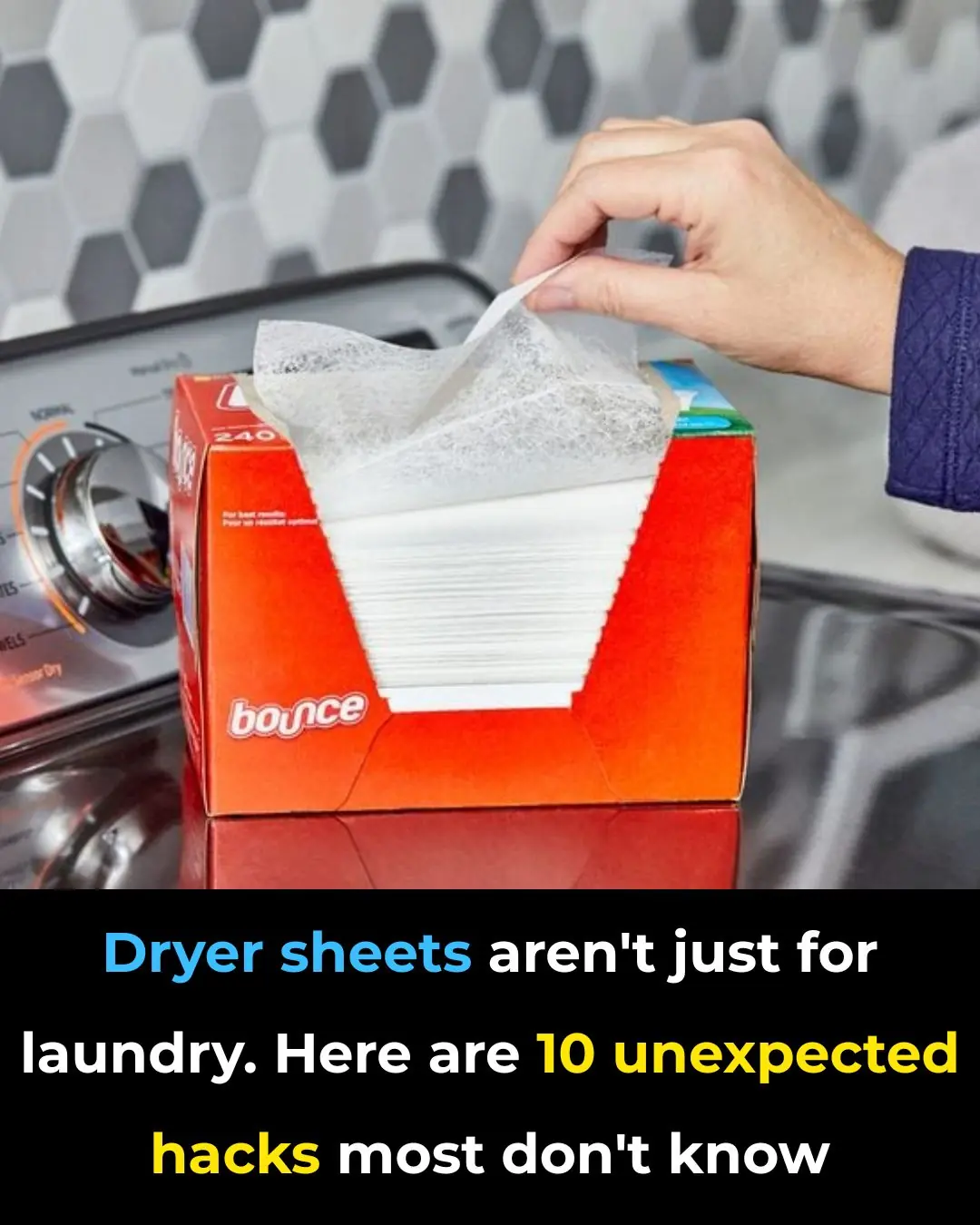
These Ideas Are Amazing: 10 Clever Ways to Use Dryer Sheets Beyond the Laundry Room
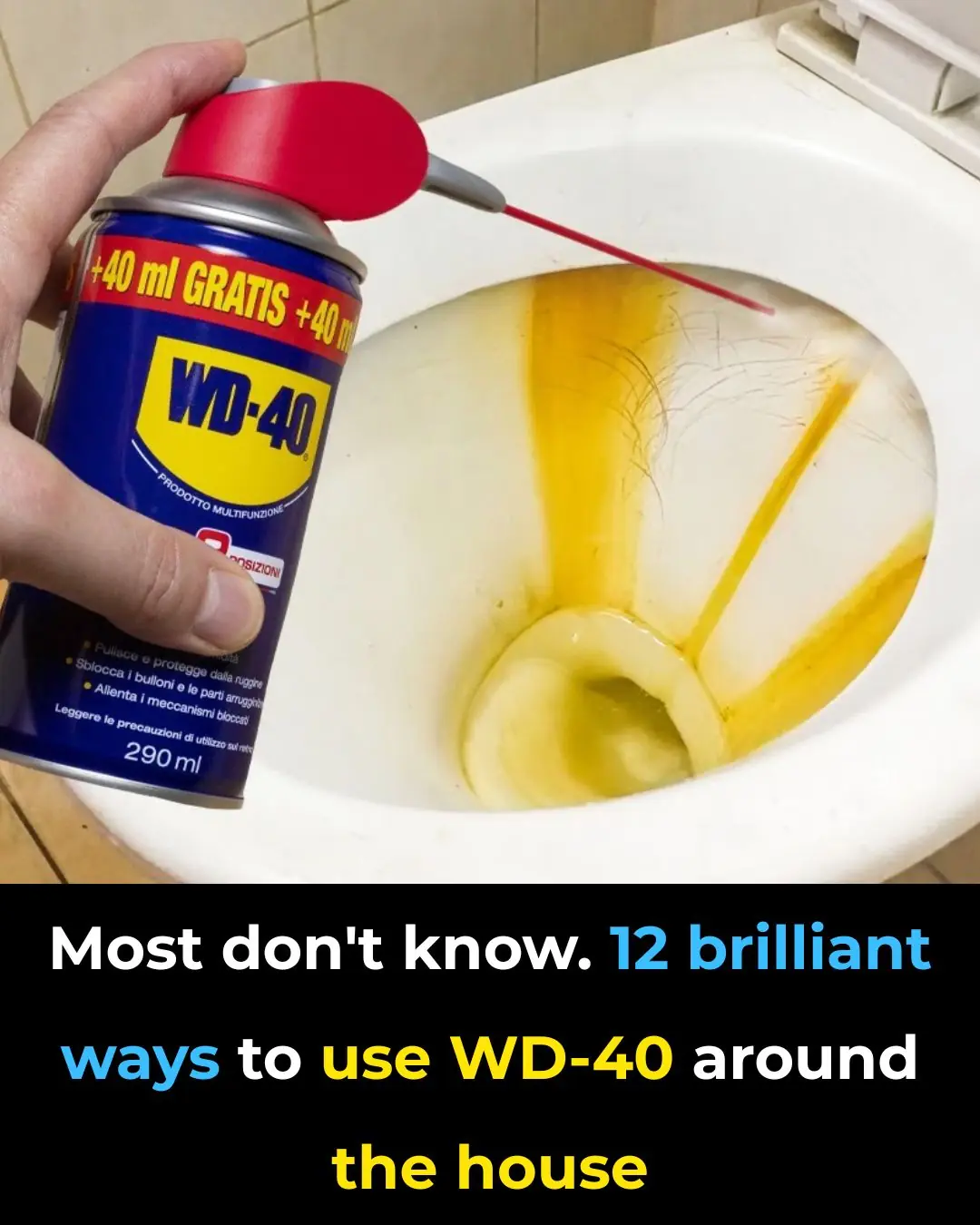
Most Don’t Know: 13 Brilliant Ways to Use WD-40 Around the House

Garlic Mustard: The Overlooked Herb That Can Boost Your Health — Especially Your Eyes

SHOCKING NEW STUDY REVEALS WHAT MIGHT BE SILENTLY DESTROYING HUMAN FERTILITY
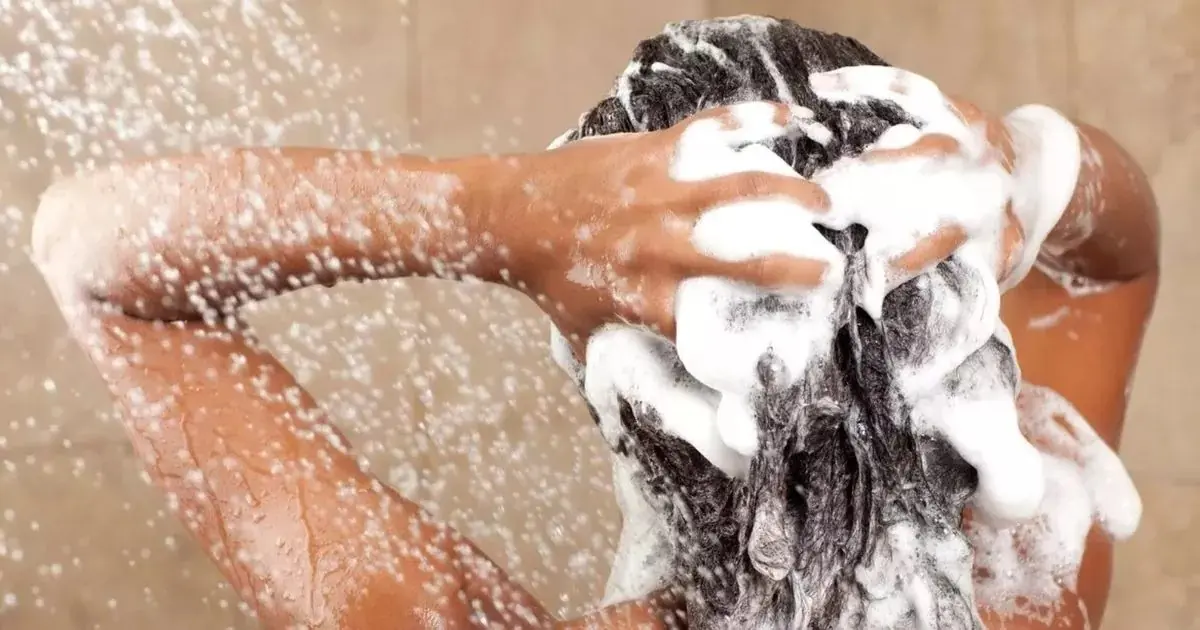
POPULAR SHAMPOO URGENTLY RECALLED BECAUSE IT CONTAINS BACTERIA THAT KILLS UP TO ONE IN TEN PATIENTS

How to Store Chili Peppers So They Stay Fresh, Juicy, and Flavorful for Months
